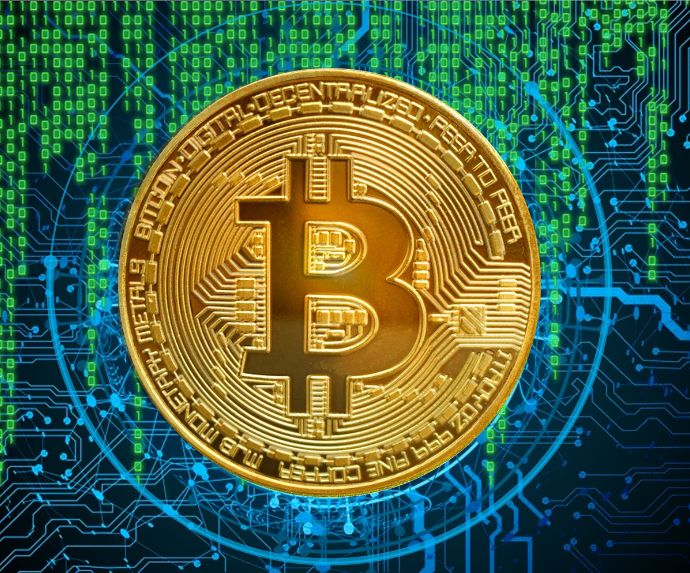
How Long Does It Take to Transfer Bitcoins Between Wallets?
Bitcoin has revolutionized the financial world with its decentralized nature and efficient transaction processes. However, for those new to the digital currency sphere, transferring bitcoins between wallets, especially through platforms like Cryptobase ATM, can seem complex. In this comprehensive guide, we’ll unravel the intricacies of Bitcoin transfers, offering a clear picture of the time involved and the factors affecting it so you’ll understand “How Long Does It Take to Transfer Bitcoins Between Wallets?“
The Fundamentals of Bitcoin Transactions
What Happens During a Bitcoin Transfer?
When you transfer bitcoins, the transaction undergoes several steps:
- Initiation: You initiate the transfer from your wallet.
- Broadcast: The transaction is broadcasted to the Bitcoin network.
- Verification: Miners verify the transaction.
- Confirmation: The transaction is included in a block and added to the blockchain.
The Role of Network Congestion
Network congestion significantly impacts transaction time. During peak times, numerous transactions await confirmation, potentially slowing down the process.
Cryptobase ATM: A Quick Overview
How Does Cryptobase ATM Facilitate Bitcoin Transfers?
Cryptobase ATM, a popular Bitcoin ATM network, simplifies buying, selling, and transferring bitcoins. Users can execute buy transactions directly from the ATM, with the new Bitcoin transferred to a wallet of their choice, ensuring ease and accessibility.
Time Frame for Bitcoin Transfers
Average Time for a Bitcoin Transfer
Bitcoin transactions can take from a few minutes to several hours. The average time is about 10-60 minutes. However, this varies based on several factors.
Factors Influencing Transfer Time
- Transaction Fees: Higher fees can lead to quicker confirmations.
- Network Traffic: Heavy traffic can increase waiting times.
- Bitcoin ATM Specifications: Some ATMs, like Cryptobase, may process transactions faster.
Optimizing Your Bitcoin Transfer Time
Selecting the Right Fee
Paying a higher fee can expedite your transaction. Tools like Bitcoin fee calculators can help you decide the optimal fee.
Choosing the Right Time
Transferring during off-peak hours can result in faster processing.
Real-World Scenarios
Case Studies: Analyzing Bitcoin Transfer Scenarios
High Fee, Low Traffic Scenario
- Scenario Description: Imagine a situation where you’re transferring bitcoins on a day with low network congestion. You decide to pay a higher transaction fee than the average.
- Expected Outcome: In this scenario, miners are more likely to prioritize your transaction due to the higher fee. The low traffic further ensures that there aren’t many other transactions competing for confirmation.
- Real-World Example: Consider a user, Alex, who transfers bitcoins early in the morning (a typical off-peak period). Alex opts for a higher fee. The result? The transaction gets included in the very next block, taking approximately 10 minutes for confirmation.
Low Fee, High Traffic Scenario
- Scenario Description: Now, let’s picture a different scenario. It’s a peak time for Bitcoin transactions, and you opt for a lower-than-average fee.
- Expected Outcome: Here, the high traffic means there’s a large backlog of transactions waiting to be confirmed. Since miners prioritize transactions with higher fees, those with lower fees, like yours, are left in a waiting queue.
- Real-World Example: Emily decides to transfer bitcoins during the late afternoon, a high-traffic period, and chooses a minimal fee to save costs. Her transaction takes several hours, even up to a day, to get confirmed due to the congestion and low fee priority.
Analyzing the Implications
- What These Scenarios Teach Us: These cases highlight the importance of understanding the Bitcoin network’s dynamics. The fee you’re willing to pay and the network’s current traffic are pivotal in determining how quickly your transaction gets processed.
- Strategic Approach for Users: Users should monitor network congestion and adjust their fees accordingly. Using tools like a Bitcoin fee estimator can provide insights into the current fee landscape, aiding in making informed decisions.
By carefully considering these factors, users can better navigate the timing of their Bitcoin transfers, ensuring a balance between cost and efficiency.

Troubleshooting Common Issues
What to Do If Your Transaction Is Delayed?
If your transaction via Cryptobase ATM or any other wallet takes longer than expected, consider the following steps:
- Check the transaction status on a blockchain explorer.
- Ensure the transaction fee is sufficient.
- Be patient, as some delays are normal.
- For Cryptobase ATM transactions, support is available at support@cryptobaseatm.com or by calling 305.702.0115.
Conclusion: Navigating Bitcoin Transfers with Ease
Buying and transferring bitcoins, particularly through platforms like Cryptobase ATM, is a straightforward process. By understanding the factors that influence transfer times, you can better navigate the world of cryptocurrency transactions.
Frequently Asked Questions (FAQs)
- What is the fastest time a Bitcoin transaction can be confirmed?
- In optimal conditions, a transaction can be confirmed within 10 minutes.
- Does the time of day affect Bitcoin transfer speeds?
- Yes, transferring during off-peak hours can result in faster processing.
- Can I cancel a Bitcoin transaction if it’s taking too long?
- Once a transaction is broadcasted to the network, it cannot be canceled.
- Are transfers from Cryptobase ATM faster than other methods?
- Cryptobase ATMs streamline the process, but network conditions still play a significant role.
- What should I do if my transaction is stuck?
- Verify the transaction status and consider waiting, as some delays are normal.

